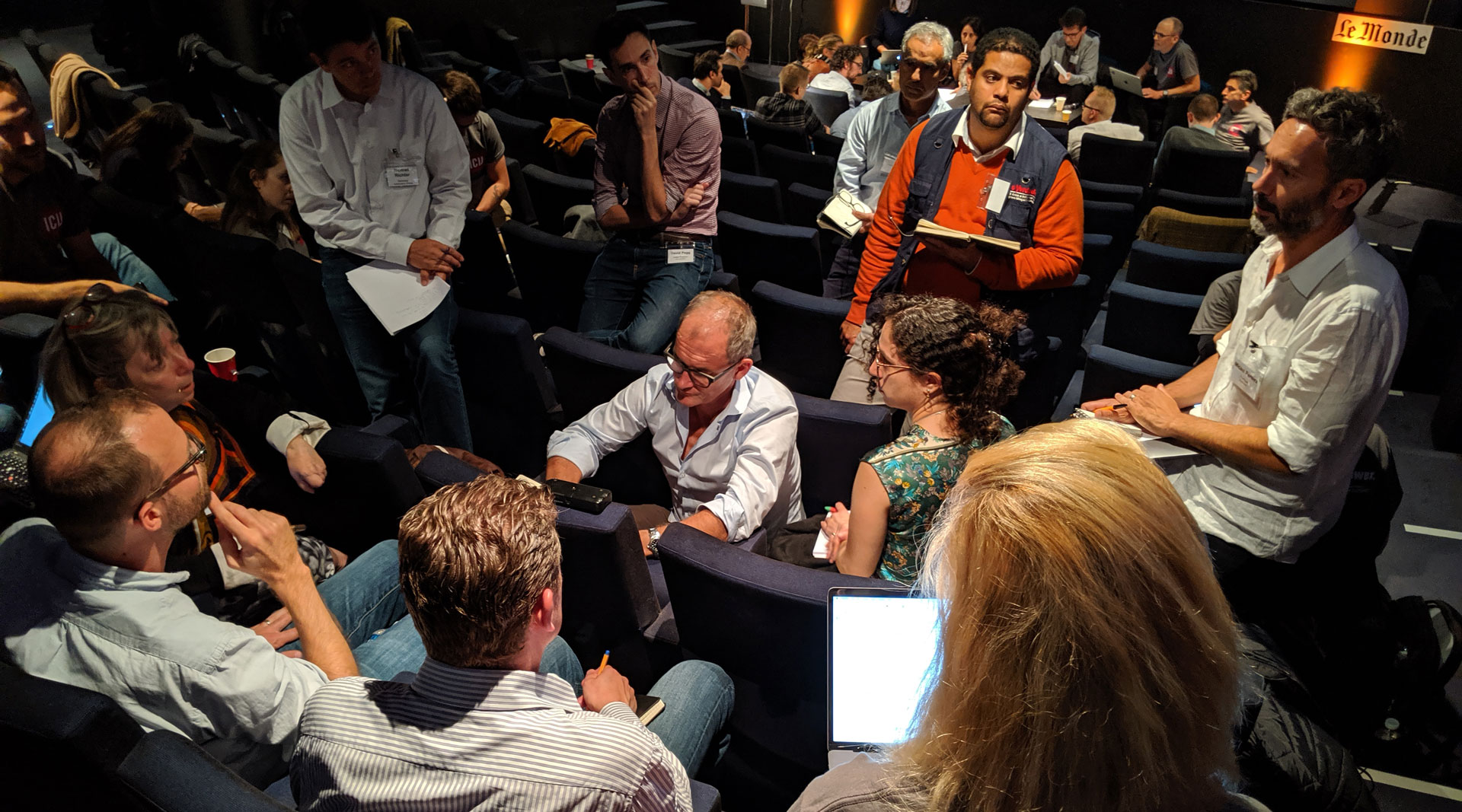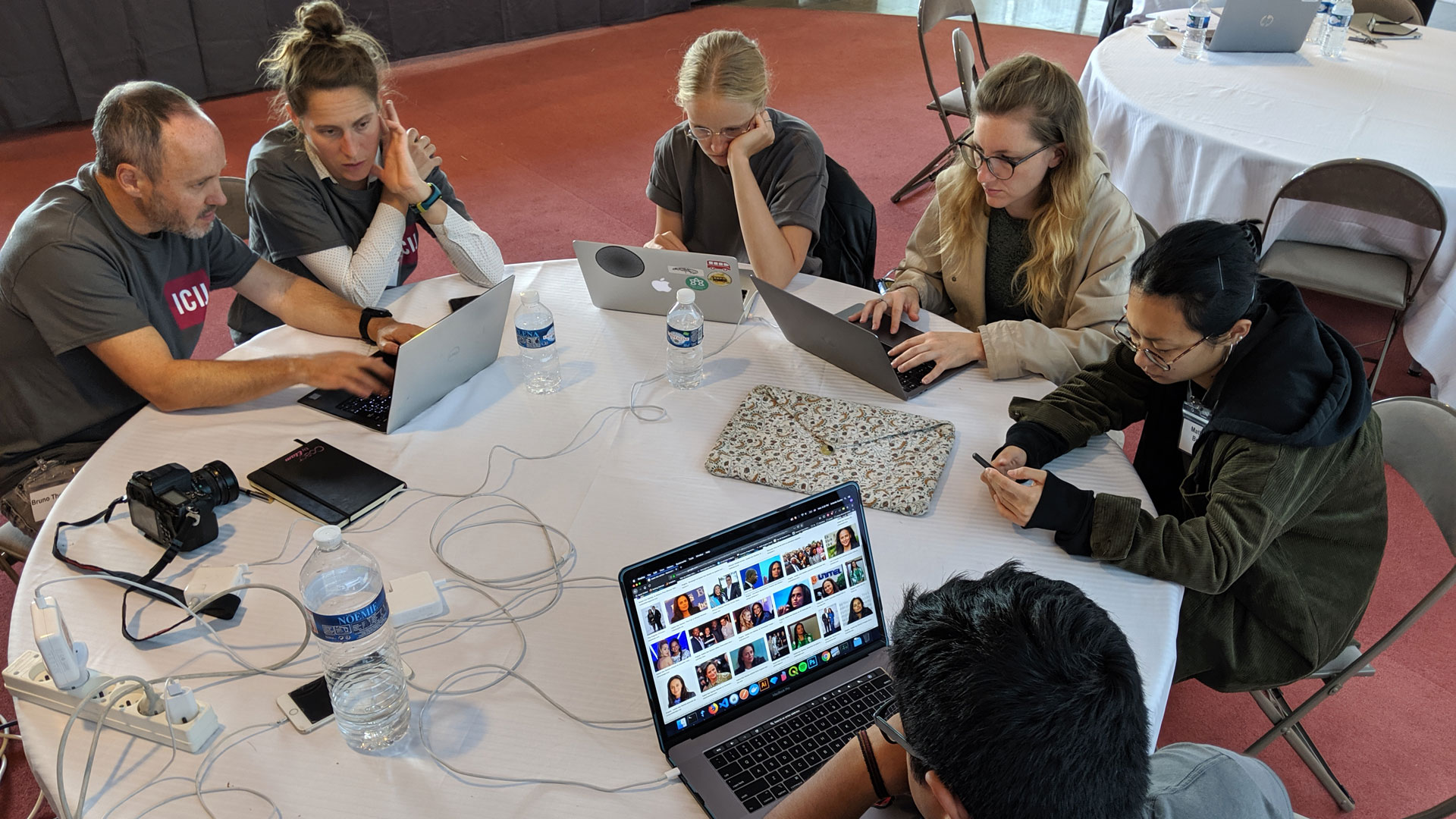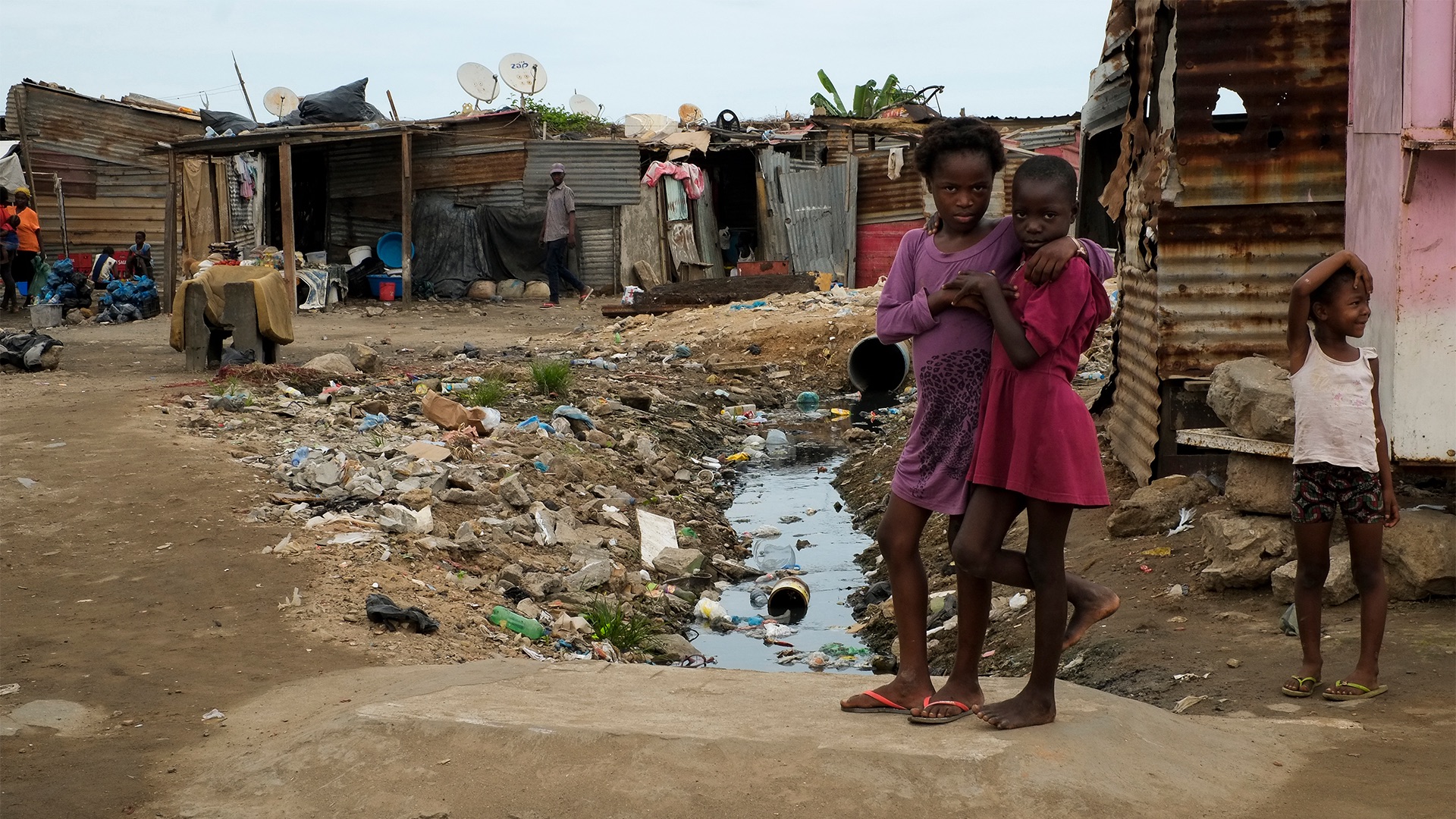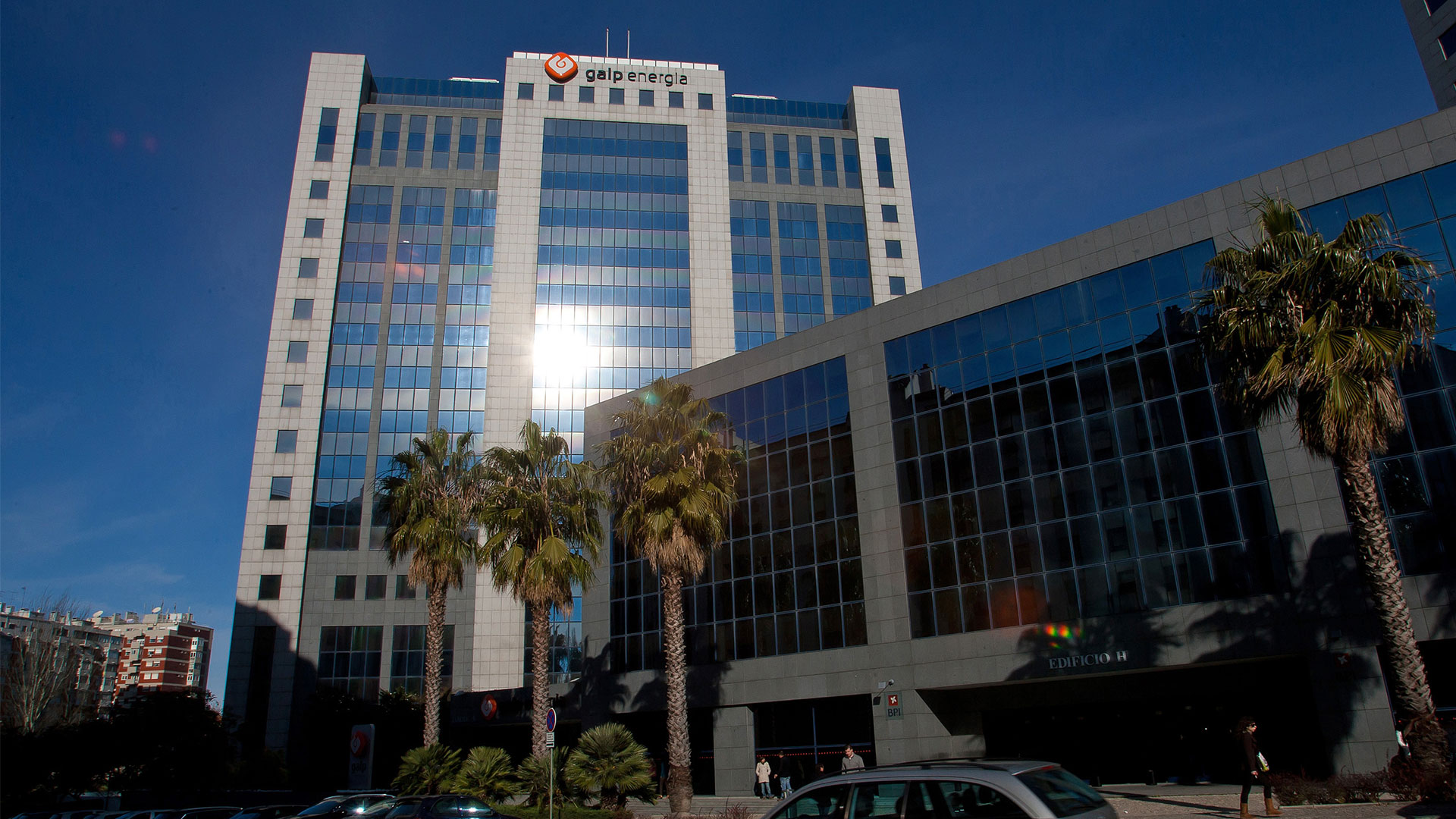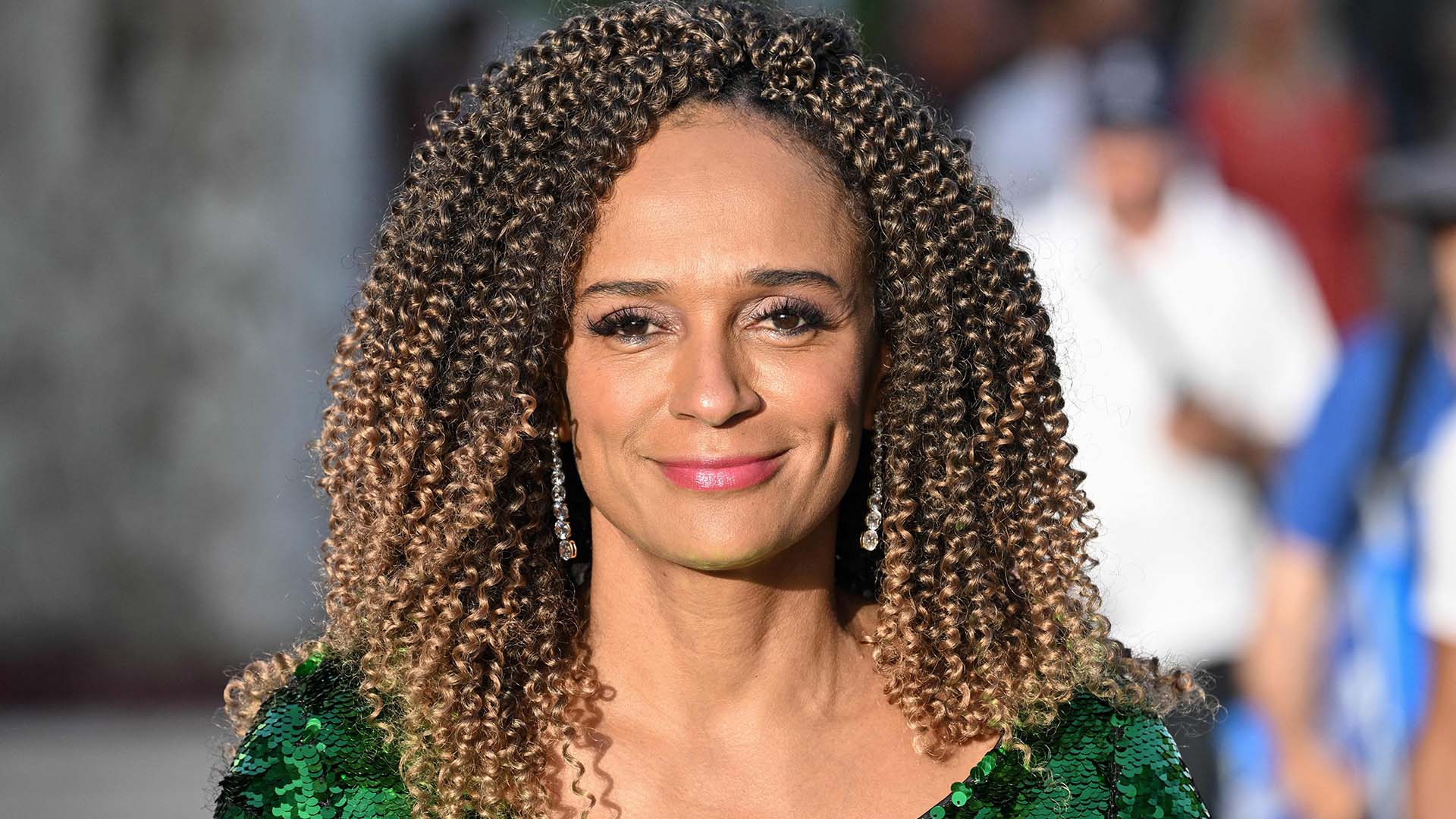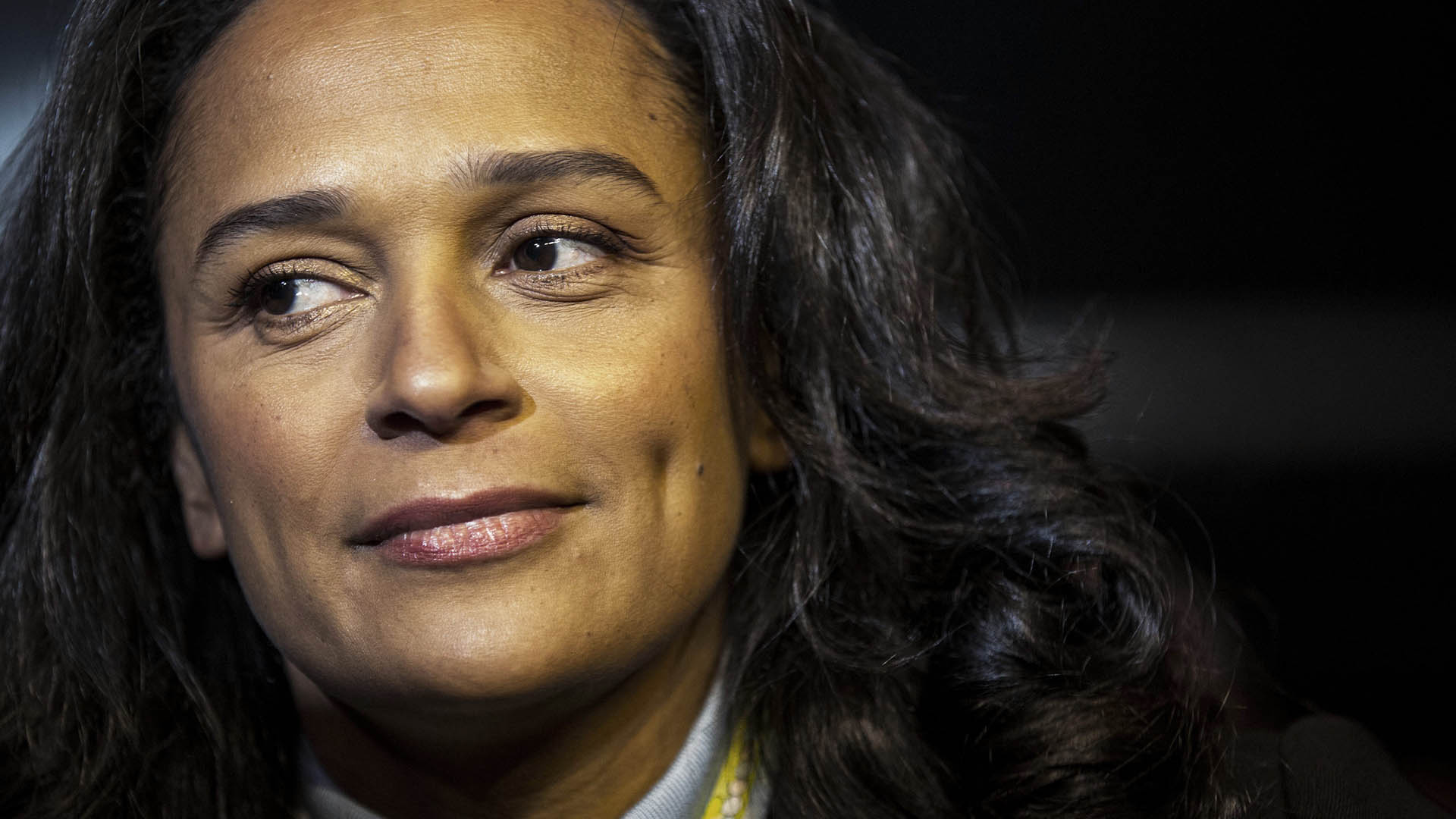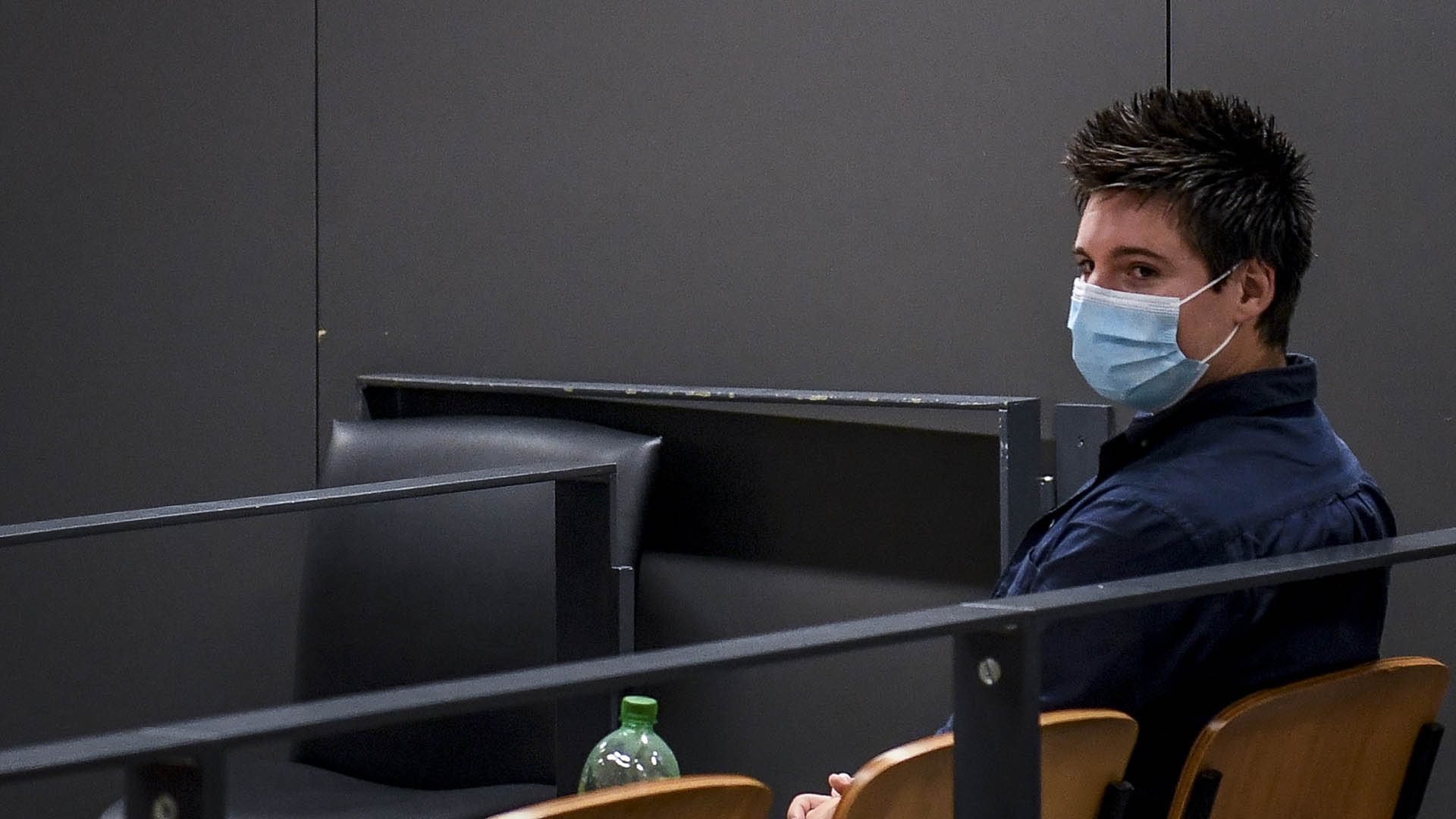When the International Consortium of Investigative Journalists received the Luanda Leaks files last year, we found confidential emails detailing schemes to exploit plots of land near the Angolan capital, videos of closed-door meetings, audio recordings about the construction of a dam, travel records and business negotiations leading to far-away cities like Dubai, and more.
The investigation, based on those documents and more than 700,000 others, exposed the business dealings of Isabel dos Santos, the daughter of Angola’s former president who became Africa’s richest woman thanks to insider deals and government funds.
The files only took us so far. What they didn’t show was the human toll of some of the state-funded projects — or explain what the many financial transactions we could see in the records meant for the coffers of one of the world’s poorest countries.
To find this larger story, a cross-border reporting team of 120 journalists in 20 countries knocked on doors of white-glove law firms and notaries in European capitals and visited hidden luxury retailers in Sardinia. We traveled to the Brazilian Amazon, and the French Riviera. We spoke with company employees, laborers, human rights advocates, experts of architecture and money laundering on four continents.
The Luanda Leaks reporting team is “like an army,” that brings “light to what is a bit blurred, to things that are not clear enough,” said Micael Pereira, a reporter with Portuguese daily Expresso.
“A bit blurred” is a fair description of what we knew about the situation on the ground in Angola, at the outset of the reporting. With the exception of the notable work by journalist-advocate Rafael Marques de Morais, there is little tradition of independent reporting in the country. We knew we’d have to go there.
On the ground in Angola
In October and November 2019, reporters from eight news organizations went to Luanda, the country’s capital. But finding people who were willing to share their story turned out to be more difficult than expected.
In a country where the same president, José Eduardo dos Santos, had ruled for almost four decades, journalists found that many were wary of the press, fearing that what they said could be turned against them.

One reporter was told he was being followed by the secret services. A BBC crew was threatened by a local militia when they were interviewing locals who had been evicted from their homes to make space for a dos Santos expansion project. Some government officials initially told reporters they needed the president’s permission to say anything.
About 200 miles east of Luanda, a group of workers at Caculo Cabaça hydro-electric dam decided to speak up. The workers were from Ndumbo ya Pepe, a village of 155 people.
In 2015, then-president José dos Santos awarded a $4.5 billion public contract to construct the dam to a Sino-Angolan consortium that included a Niara, a company owned by his daughter Isabel.
It’s only much later, in 2017, that the employees learned that Isabel dos Santos was involved, they told ICIJ reporter Will Fitzgibbon. A billboard inside the worksite included her company’s name on it, one unionist said.
In interviews with ICIJ, the Angolan workers showed photos of colleagues wearing plastic bags over their boots as protection and recounted how friends lost fingers, broke teeth and suffered deep gashes. “One time a site supervisor chased an Angolan worker with a machete,” one of them said. “It’s hard to put into words but it was like slavery.”
An arbitration document in Luanda Leaks describes the Chinese company as having “safety problems” at the site — and facing questions about worker visas and underage laborers.

Isabel dos Santos: Nowhere and everywhere
Isabel dos Santos’ influence can be seen everywhere in the country, Dutch reporter Karlijn Kuijpers noticed during her visit in late 2019.
Kuijpers focused on a land reclamation project by the Atlantic coast awarded to dos Santos’ companies by her father. The project was cancelled by the current administration, but not before thousands were evicted at gunpoint.
“You couldn’t walk for five minutes without seeing one of her businesses,” Kuijpers said about dos Santos’ economic influence in the country. “We went to a beer festival organized by her beer brand [Luandina] next to her shopping mall and a cinema she owned. Inside the shopping mall, there was a store of her TV brand Zap, the Banco BIC bank she partly owns, and Unitel,” the telecom company she founded.
Kuijpers also visited Miami Beach, a bar located in a posh area of Luanda that was one of dos Santos’s first business ventures.
“One night there was a singer on stage singing that wealth should be fairly distributed, that the rich should care about the poor,” Kuijpers said. “It was confusing seeing this in a place that’s owned by a woman who has looted the country.”

‘Everything is Confidential’
The billionaire’s business empire isn’t limited to Angola. ICIJ found dos Santos and her husband have invested in more than 400 companies, in 41 countries.
Dozens of Western professionals, including bankers, lawyers, accountants and consultants, helped her amass a fortune overseas, while profiting from these deals. Few were willing to talk to reporters.
“I got one positive response,” said Luc Caregari, a reporter in Luxembourg. “But when I explained what I was researching, he got cold feet.”
That source, a lawyer, told Caregari he had been used as a proxy in one of dos Santos’ deals, but maintained he’d never worked for her directly.
“These are not people I like to see as my clients,” the lawyer said according to Caregari.
The documents told a different story. “I could prove him wrong with a bunch of emails I had found,” Caregari said.
Luanda Leaks files also showed the couple used a Maltese shell company to buy a $55 million luxury villa by the Mediterranean called La Petite Afrique. Sonia Rolley, of Radio France Internationale, traveled to the tiny principality on the French Riviera with the hope of figuring out who else was involved.

“In Monaco everything is confidential,” Rolley said. “The doors, like the mouths, remain closed.”
An acronym found in the documents, “FPMC,” helped Rolley tie the deal to Monaco’s elite.
That company’s address matched with another one, run by a member of Monaco’s royal family.
Finding José Eduardo dos Santos
In response to ICIJ’s investigation and other reports, dos Santos has said that her fortune – estimated at $2 billion – is self-made and that her business success should not be judged based on her family ties.
“Because you’re someone’s child you’re immediately guilty, and this is why there’s a lot of prejudice,” dos Santos said in a BBC Africa interview.
Luanda Leaks, however, showed that dos Santos was able to exploit her ties to her father, who ruled Angola from 1979 to 2017. On several occasions, the records indicate, her legal counsels drafted or reviewed the drafts of the presidential decrees that, legitimately, granted her companies contracts and state funds.
The signature of José Eduardo dos Santos is clear on those decrees. But, in the documents, the former president himself is nowhere to be found.
Following a tip that dos Santos’ father is now living in Barcelona, Spanish reporter Marcos Garcia Rey decided to track him down.
“One morning last fall, I was walking around the neighborhood [in one of the city’s poshest areas] when I saw a couple of bodyguards who looked like Angolans,” Garcia Rey said.
“I approached them and, just when I was in front of a three-story house, an entourage of three black vehicles appeared. The car in the middle quickly entered the villa, while I saw employees carrying some wooden boxes of wine. I tried to take pictures, but the security guards stopped me. They tried to take my iPhone and camera away and said they wouldn’t allow me to leave.”
Garcia Rey then called the Spanish police who arrived minutes later, he said. “A dispute followed between the policemen, the guards and me. And in the midst of it, a silhouette appeared briefly by the gate, dressed in an elegant and colorful African-style shirt. It was [José Eduardo] Dos Santos,” Garcia Rey said.
We could now confirm the former president’s whereabouts and send him our comment requests. To which he hasn’t responded.
